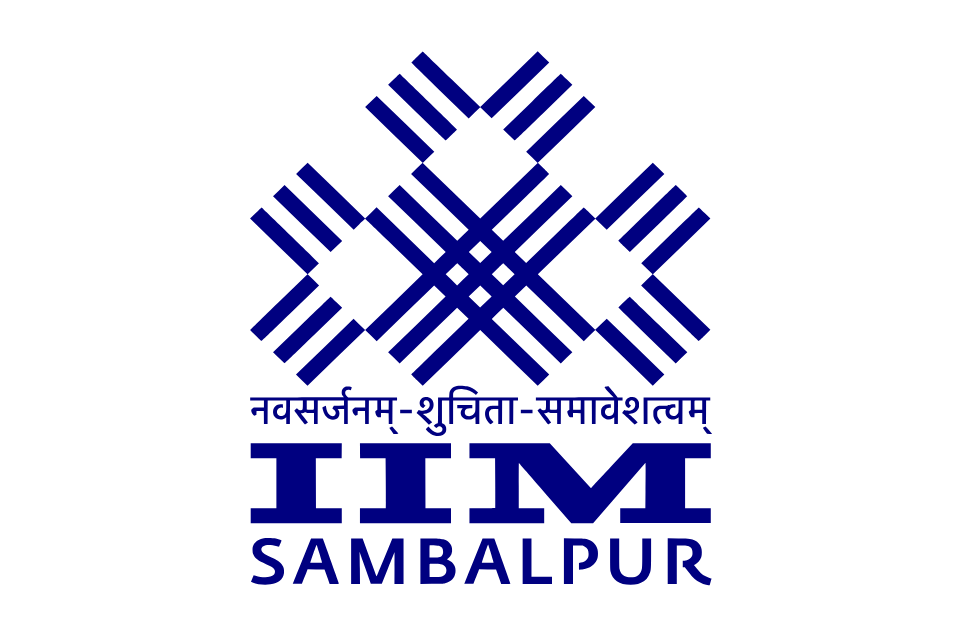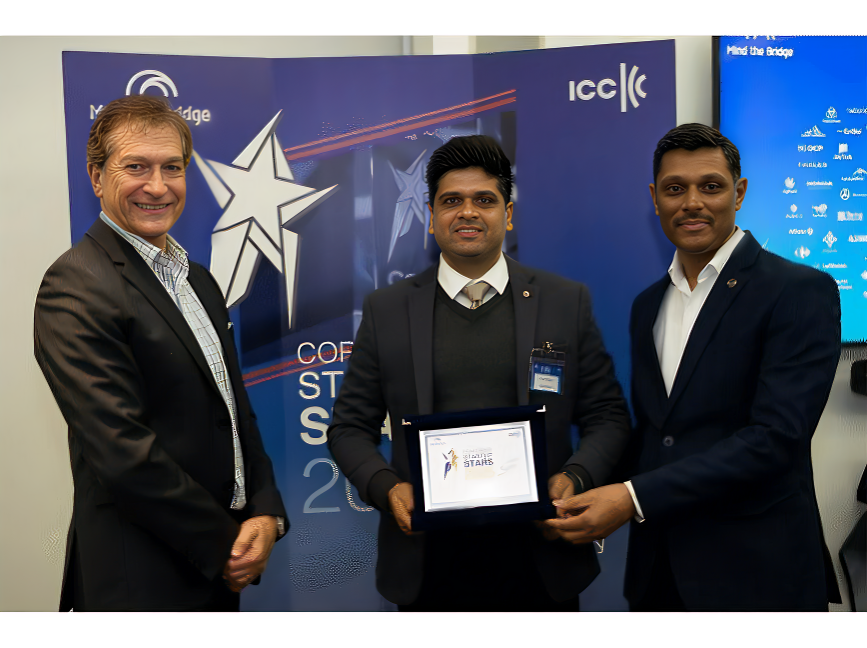India unveils first batch of indigenous semiconductor chips at the Semicon India 2025 conference

SUMMARY
India has made a historic technology jump by introducing the first sets of indigenous semiconductor chips at the Semicon India 2025 conference. These chips were presented by the IT and Electronics Minister Ashwini Vaishnaw to Prime Minister Narendra Modi, and are the outcome of a collaboration between various states, institutions, and government-supported programs.
Strategic autonomy and fueling the chip revolution
The Semiconductor Laboratory (SCL) of the ISRO introduced the Vikram processor, a complete indigenous 32-bit general-purpose microprocessor designed around RISC-V architecture. This is a processor optimised towards sovereign compute, especially in national security and space. One of the products of this capability is the Vikram processor, which is an Indian product of developing basic technologies that are essential to strategic autonomy.
The launch of the processor at Semicon India 2025 was a symbolic one of India in general moving towards self-reliance in high-performance computing. It also represents the commitment of the country to open-source architectures such as RISC-V, which are flexible, scalable, and no longer tied to proprietary systems.
The effectiveness of these indigenous chips is primarily credited to two major government programs: the Chip-to-Startup (C2S) program and the Design Linked Incentive (DLI) Scheme. The C2S program aims at the development of semiconductor innovation in academic and start-up institutions, and the DLI Scheme offers financial and infrastructural assistance to domestic chip design firms.
The programs are part of the India Semiconductor Mission (ISM) that coincides with the national vision Atmanirbhar Bharat (Self-Reliant India). The government is also preparing a strong semiconductor ecosystem that will be able to compete in the world by investing in talent, infrastructure, and strategic alliances.
Introduction of the chip in various states
West Bengal was one of the states that worked to achieve this milestone, with four chip designs being developed by the three top academic institutions. C2S0007 Analog Comparator IIEST Shibpur presented C2S0007 Analog Comparator, a precision analog chip intended to be used in signal processing. Two of them were contributed by the University of Calcutta, C2S0001 and C2S0048, both a low-power analog front ends, specifically used in the airflow detection systems. NIT Durgapur joined with a C2S0029, a 16-bit Read-Write Asynchronous FIFO chip, to the portfolio, and this chip is important in buffering the memory and managing the flow of data.
These designs were designed through the Chip-to-Startup program, which is part of the Design Linked Incentive (DLI) Scheme. The objective of the program is to develop semiconductor design talent in India that can motivate academic institutions to engage in high-value innovation. The input of West Bengal highlights the expanding relevance of regional centers in the technological development of India, which is no longer reliant on conventional ones such as Bengaluru and Hyderabad.
Other notable impressions were made by Odisha in the form of sophisticated industrial design of chip in NIT Rourkela and PMEC Berhampur. The chips comprised a lightweight encryption core, a VG amplifier and sensor circuit, and a high-performance multiplier. These elements are optimized to be used in the critical applications in the defense, facial recognition, and industrial automation industries that require high speed, security, and reliable processing.
It was highlighted by the institutions that the development of the potential of chip design in new areas is crucial, and innovation is not exclusive to big cities. The contribution of Odisha is indicative of a national strategy to decentralise tech development and allow institutions nationwide to take part in the semiconductor revolution.
Assam was no exception and started with the innovation wave with two chip designs developed by Tata Electronics and NIT Silchar. A neural amplifier frontend was one of the chips, a chip that was used in neural signal processing and AI. The second chip was based on the state-of-the-art OSAT (Outsourced Semiconductor Assembly and Testing) technology, which is capable of supporting the India backend manufacturing ecosystem.
Chief Minister Himanta Biswa Sarma emphasized the rising capacities of Assam in the deep-tech economy and pointed out that these efforts in contributions have shown how the northeastern institutions can make a significant contribution to the semiconductor aspirations in India. The Assam chips are not only an act of technical superiority, but a strategic decision to incorporate the underrepresented regions in the national tech story.
Conclusion
The introduction of indigenous India chips by various states is a watershed in the technological development in the country. India has also contributed to aerospace, AI, defense, and industrial automation, and is no longer seen as only a consumer of semiconductor technology anymore; it is now a reputable designer and innovator. This was a turning point in the semiconductor history of India because it heralded the shift in the country from a consumer to a creator of the global chip ecosystem.
Note: We at scoopearth take our ethics very seriously. More information about it can be found here.
















